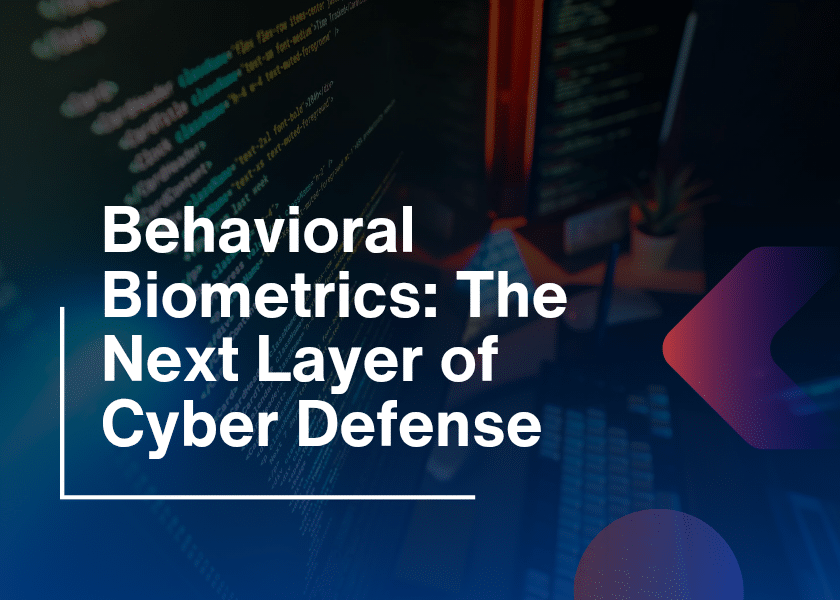In the continuous journey towards cybersecurity excellence, the ACT phase in the PDCA (Plan-Do-Check-Act) cycle takes center stage as the strategic iteration where organizations refine their cybersecurity measures based on insights gathered from execution. This exploration delves into the intricacies of the ACT phase, elucidating its significance, key components, and the transformative impact it carries in fortifying organizations against emerging cyber threats.
Unraveling the Dynamics of ACT in Cybersecurity
Evaluation of Security Controls
- The ACT phase involves a comprehensive evaluation of the implemented security controls. Organizations assess the effectiveness of measures put in place during the DO phase, identifying strengths, weaknesses, and areas for improvement.
Analysis of Incident Response Effectiveness
- Evaluating the effectiveness of incident response protocols is paramount in the ACT phase. Organizations analyze how well their incident response plans performed during simulated exercises or actual incidents, refining these plans based on lessons learned.
Incident Post-Mortem and Root Cause Analysis
- After a security incident, the ACT phase entails conducting a thorough post-mortem and root cause analysis. This process aims to identify the root factors contributing to the incident, enabling organizations to address underlying issues and prevent future occurrences.
Feedback Loop Integration
- ACT integrates a feedback loop into cybersecurity processes. Insights gathered from evaluations, analyses, and incident reviews feed back into the planning phase, informing the development of more robust strategies and refining the cybersecurity roadmap.
Strategies for Effective ACT Iteration
Continuous Improvement Culture
- Establishing a culture of continuous improvement is foundational to the ACT phase. Organizations foster an environment where learning from experiences, both successes and challenges, is ingrained in the cybersecurity ethos.
Collaboration Between IT and Security Teams
- Effective collaboration between IT and security teams is crucial. The ACT phase encourages open communication and collaboration, ensuring that insights from IT operations are seamlessly integrated into cybersecurity enhancements.
Automated Threat Intelligence Integration
- Integrating automated threat intelligence sources is a strategic move in the ACT phase. This ensures that cybersecurity measures stay abreast of the latest threats, allowing organizations to proactively adjust their defenses based on real-time threat data.
Regular Red Teaming and Penetration Testing
- The ACT phase involves regular red teaming and penetration testing exercises. By simulating real-world cyber-attacks, organizations identify potential vulnerabilities and weaknesses in their defenses, allowing for targeted improvements.
Transformative Impact of Strategic ACT in Cybersecurity
Agile Response to Evolving Threats
- The ACT phase enables organizations to maintain an agile response to evolving cyber threats. By swiftly iterating and adjusting security measures, organizations stay ahead of emerging risks and continuously enhance their cybersecurity resilience.
Adaptive Incident Response Capabilities
- Insights gained from incident post-mortems contribute to the adaptive refinement of incident response capabilities. Organizations evolve their response strategies based on real-world experiences, ensuring more effective and efficient incident resolution.
Refined Risk Management Strategies
- ACT refines risk management strategies. Organizations adjust risk assessments based on the effectiveness of implemented controls, enabling a more nuanced understanding of risks and the prioritization of mitigations.
Strategic Alignment with Business Goals
- The transformative impact of ACT extends to strategic alignment. Continuous improvement based on insights from the ACT phase ensures that cybersecurity measures remain in harmony with overarching business objectives, fostering a symbiotic relationship between security and organizational success.
Conclusion: Sustaining Excellence Through Iterative ACT in Cybersecurity
In conclusion, the ACT phase in the PDCA cycle is the linchpin that sustains and evolves cybersecurity excellence. By systematically evaluating controls, analyzing incident response effectiveness, and integrating a feedback loop, organizations ensure that their cybersecurity posture remains adaptive and resilient. Embrace the transformative power of ACT, turning cybersecurity insights into actionable refinements that fortify your organization against the ever-evolving landscape of cyber threats.






